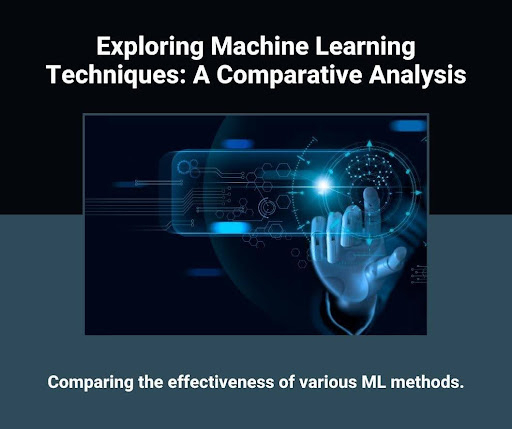
In the ever-evolving landscape of software development, APIs (Application Programming Interfaces) have become essential tools for developers. With the exponential growth of available APIs, finding the right one for a specific project has become daunting. This challenge has spurred the development of API recommendation systems powered by machine learning techniques. Anusha Kondam delves into these innovations in her comparative evaluation of different machine-learning approaches.
The Exponential Growth of APIs
The rise of APIs has been nothing short of spectacular, growing from just 105 public APIs in 2005 to over 22,000 by 2019. This growth, while beneficial, has made it increasingly difficult for developers to locate the most suitable APIs for their needs. Traditional methods of API discovery are often time-consuming and inefficient, leading to significant productivity losses. As a response, machine learning-based API recommendation systems have emerged, offering personalized suggestions based on user preferences, project requirements, and contextual factors.
Collaborative Filtering: Leveraging User Interactions
Collaborative filtering plays a crucial role in API recommendation systems by leveraging user interactions to offer personalized suggestions. It analyzes user behavior to recommend APIs that similar users have found useful. A study using user-based collaborative filtering on a dataset of 10,000 users and 5,000 APIs reported an accuracy of 0.72 and a recall of 0.68. However, it struggles with the "cold-start" problem for new users or APIs. Hybrid approaches, combining collaborative filtering with content-based filtering, address these challenges, improving both precision and recall rates.
Content-Based Filtering: Analyzing API Features
Content-based filtering recommends APIs by analyzing and matching their features with user preferences. This technique examines API documentation, descriptions, and metadata to align with user profiles. An innovative method using natural language processing tools like TF-IDF and Word2Vec achieved a mean average precision (MAP) of 0.72 on a dataset of 1,500 APIs and 500 users. It's particularly effective in "cold-start" scenarios for new APIs.
Hybrid Approaches: Combining the Best of Both Worlds
The combination of collaborative and content-based filtering methods leads to hybrid approaches. These models integrate multiple machine-learning techniques to overcome the limitations of individual methods. For instance, integrating matrix factorization with association rule mining has significantly improved recommendation accuracy, achieving a precision of 0.82 and a recall of 0.79 on a 5,000 mashups and 10,000 APIs dataset. These models are especially effective in solving the cold-start problem and offering more comprehensive recommendations.
Advanced Techniques: Deep Learning and Graph-Based Methods
Anusha Kondam investigates the potential of Deep Learning and Graph-Based Methods in API recommendation systems, leveraging these techniques to uncover complex patterns in API usage data. A deep learning approach using CNNs achieved a MAP of 0.81 and NDCG of 0.88 on a dataset of 10,000 APIs and 5,000 users. Graph-based methods, which model APIs, users, and interactions, demonstrated promising results with precision@10 of 0.76 and NDCG@10 of 0.82.
Practical Challenges: Scalability and Privacy Concerns
However, deploying advanced API recommendation systems presents practical challenges, with scalability being crucial for handling large API repositories and user bases. Distributed computing frameworks like Apache Spark and Hadoop help parallelize algorithms and manage big data efficiently. Privacy is also a major concern, as these systems rely on sensitive user data. Techniques like data anonymization, differential privacy, and federated learning are vital for safeguarding privacy while ensuring personalized recommendations.
In conclusion, API recommendation systems powered by machine learning are transforming how developers find APIs, offering personalized suggestions through collaborative filtering, content-based techniques, deep learning, and graph-based methods. While challenges in scalability and privacy remain, ongoing advancements are boosting productivity, simplifying API selection, and driving innovation in software development, making the future of API recommendations highly promising.









